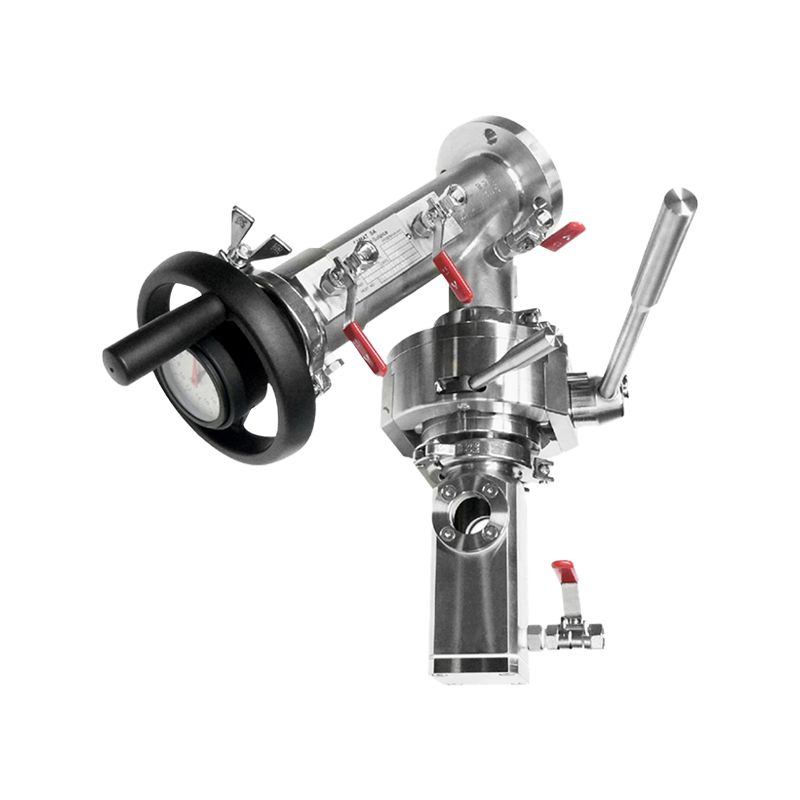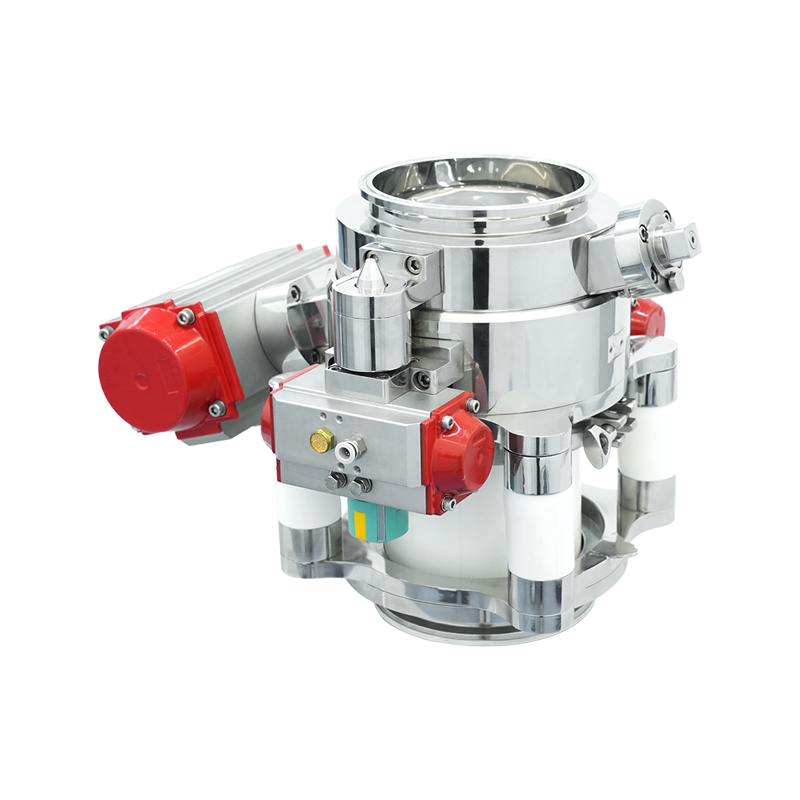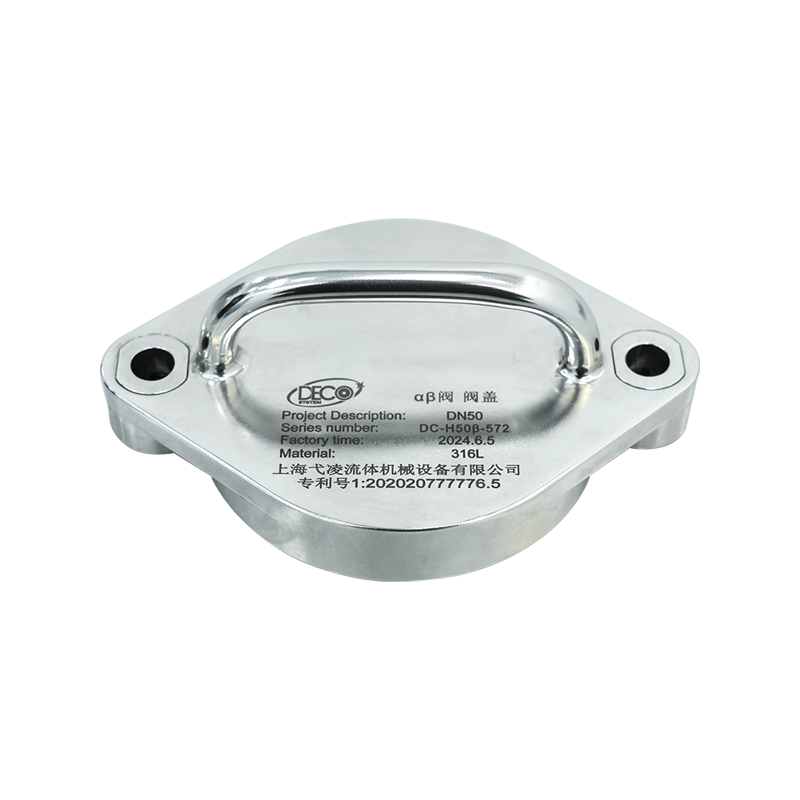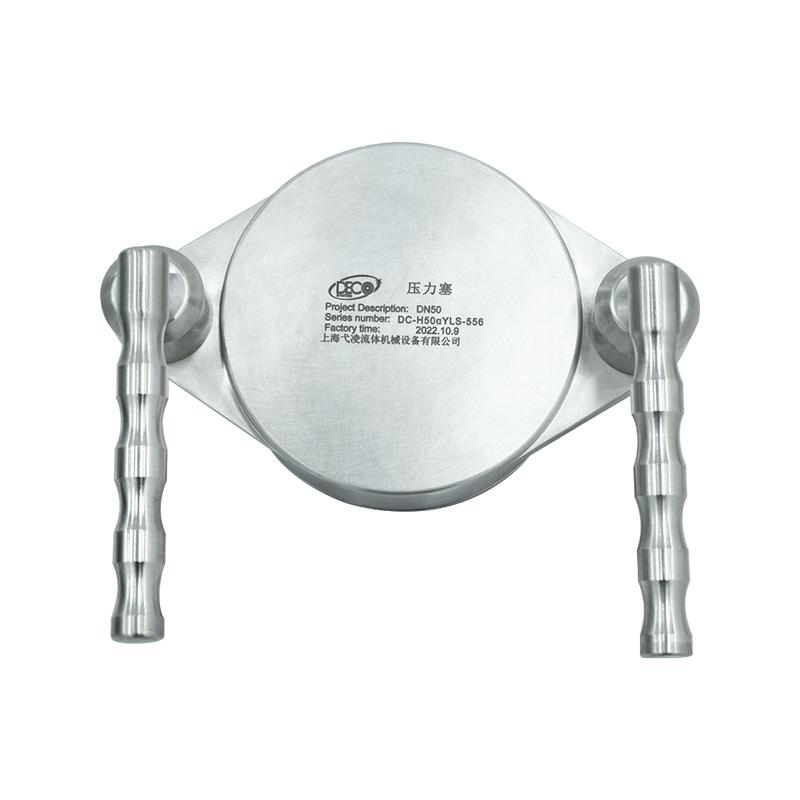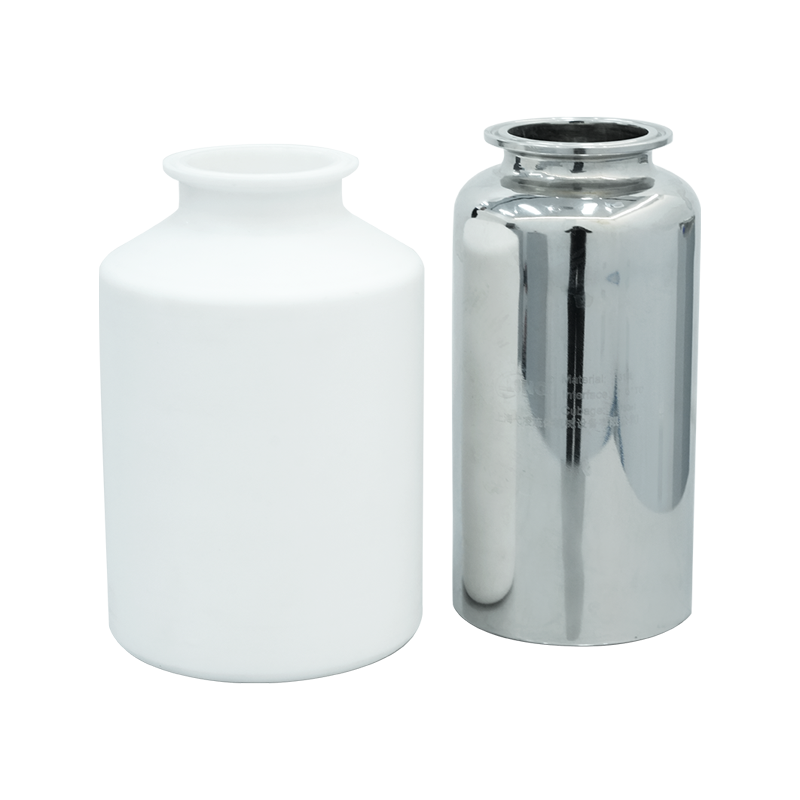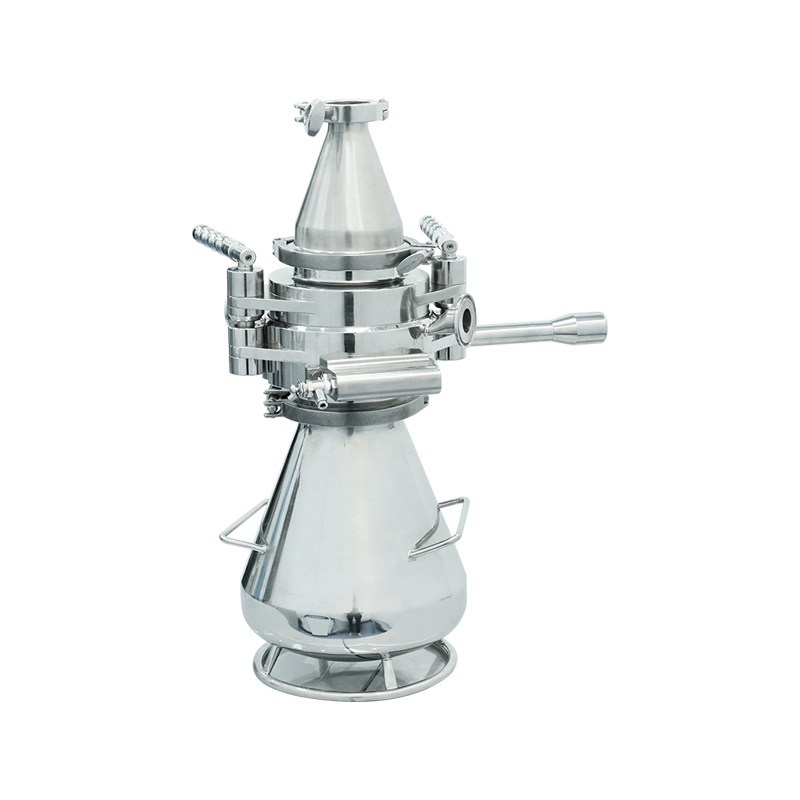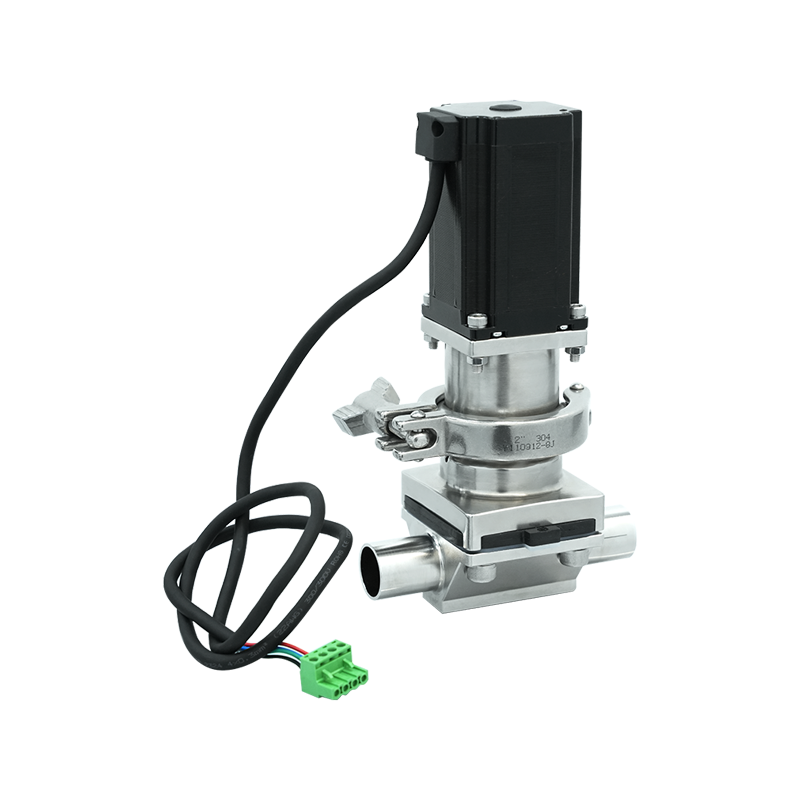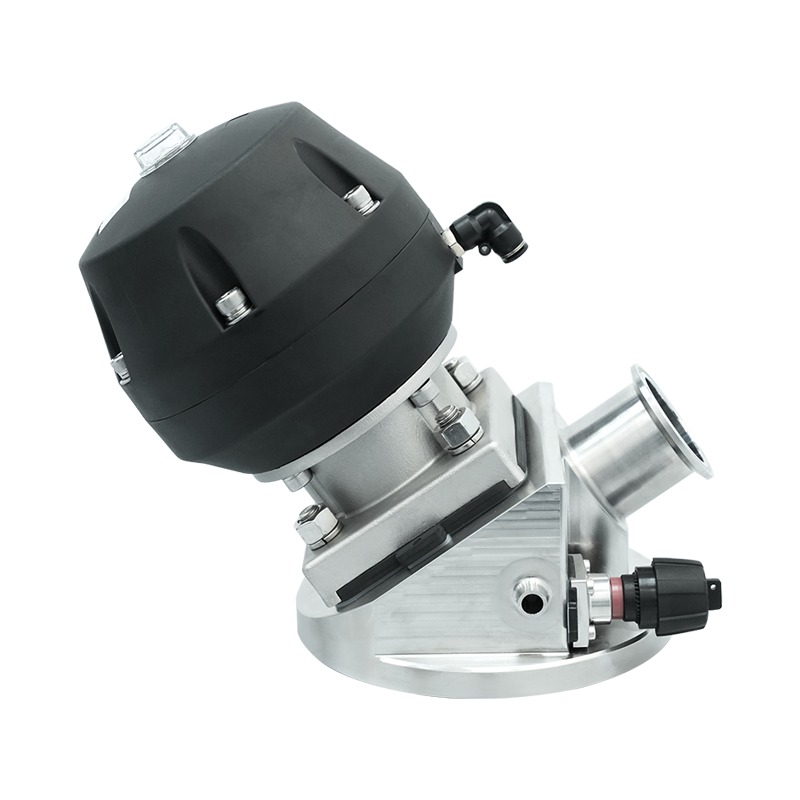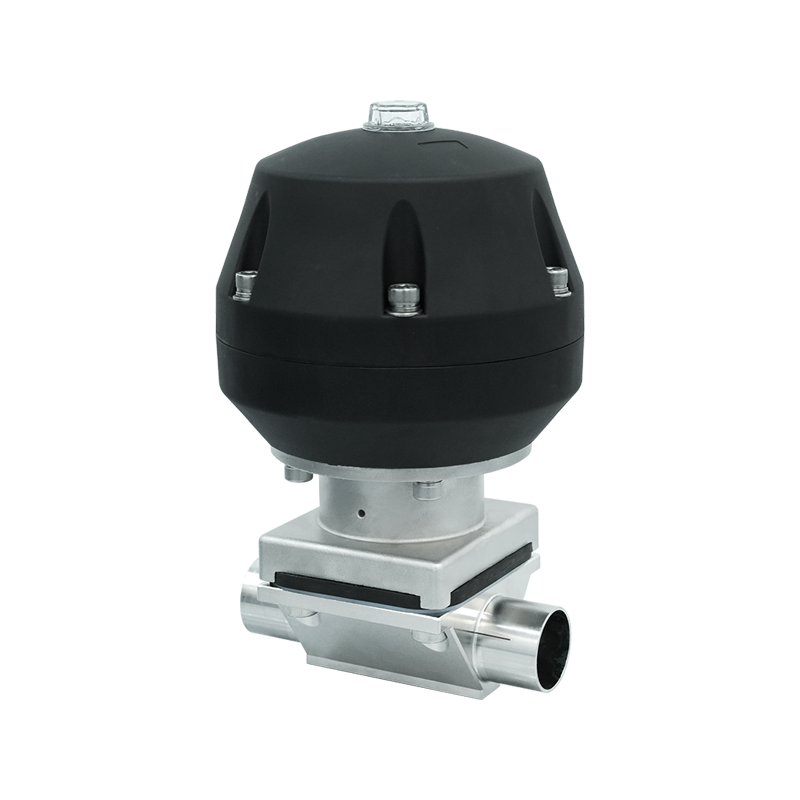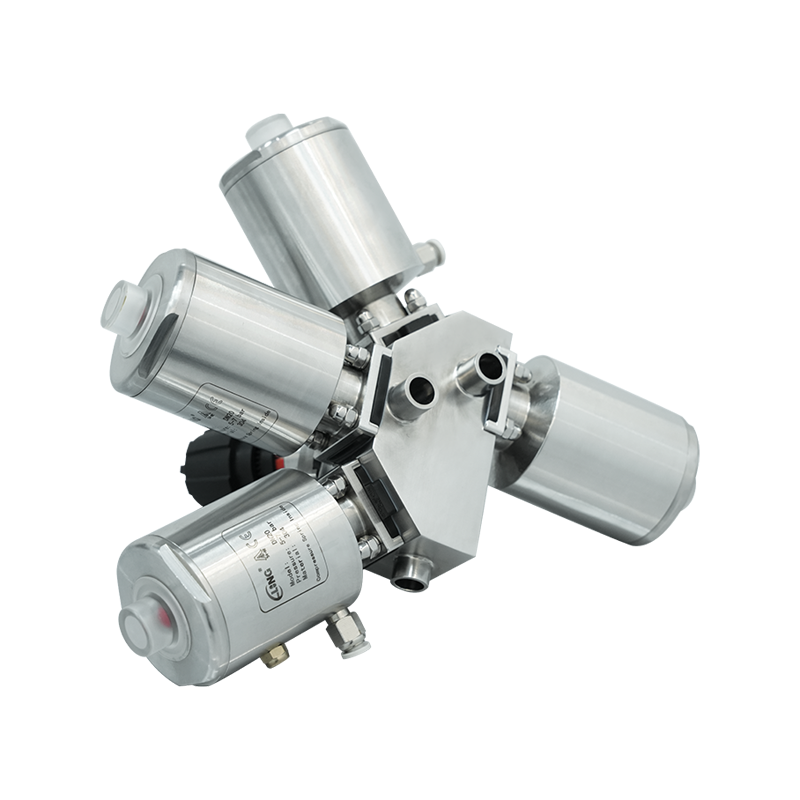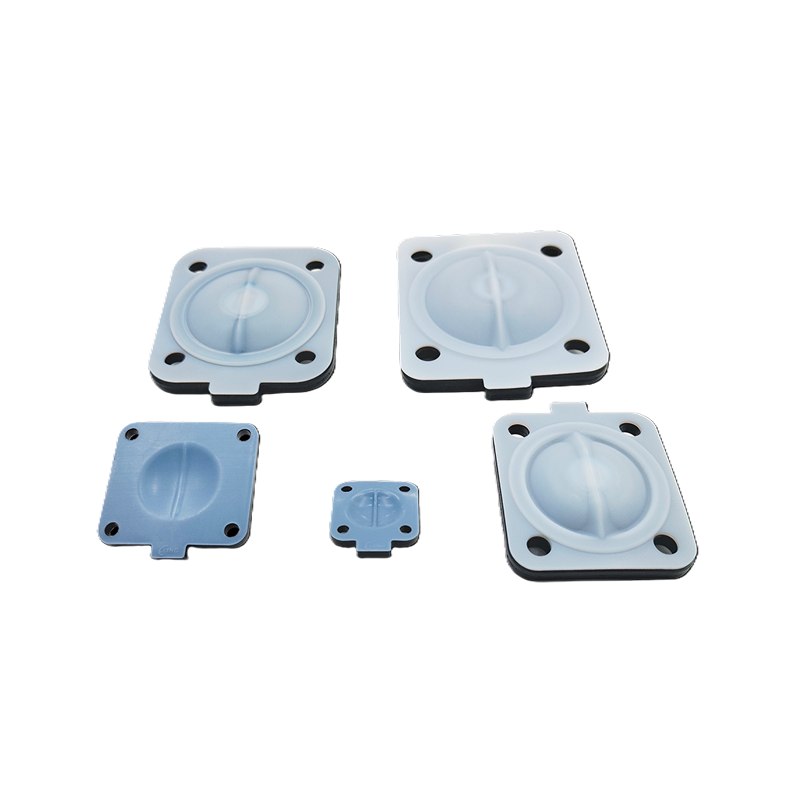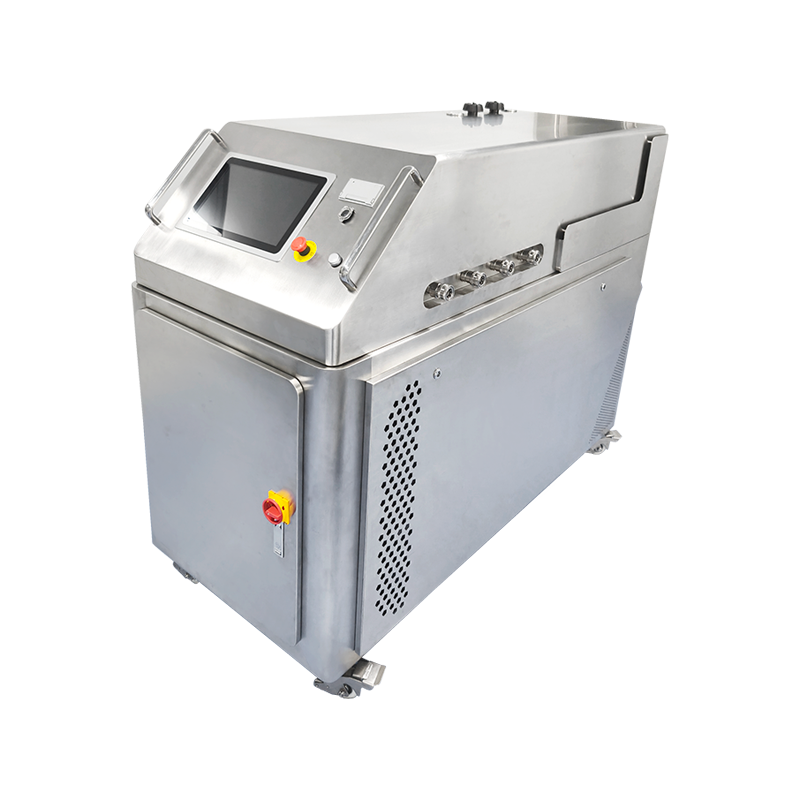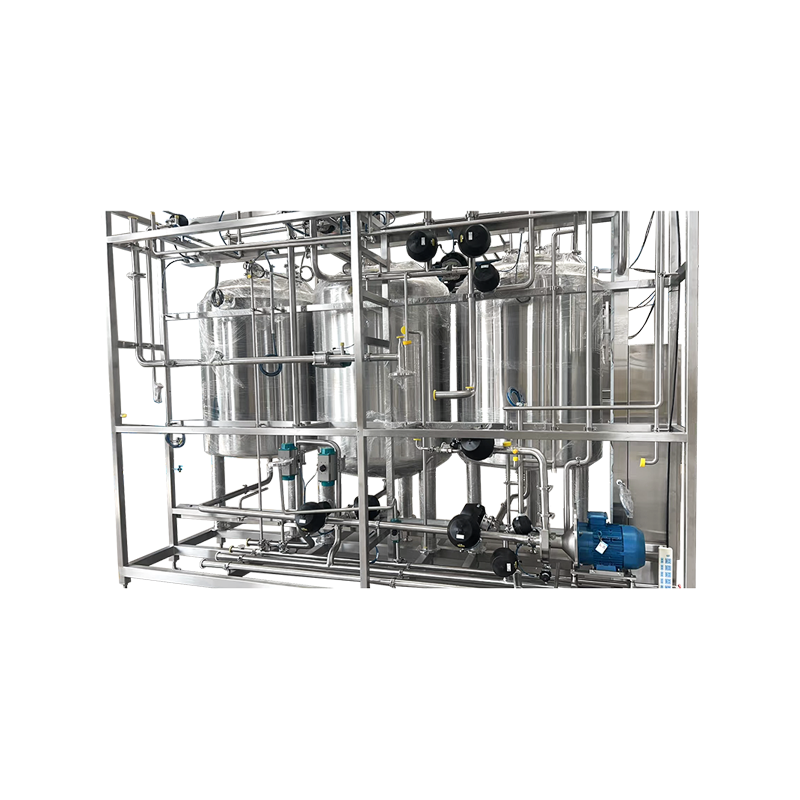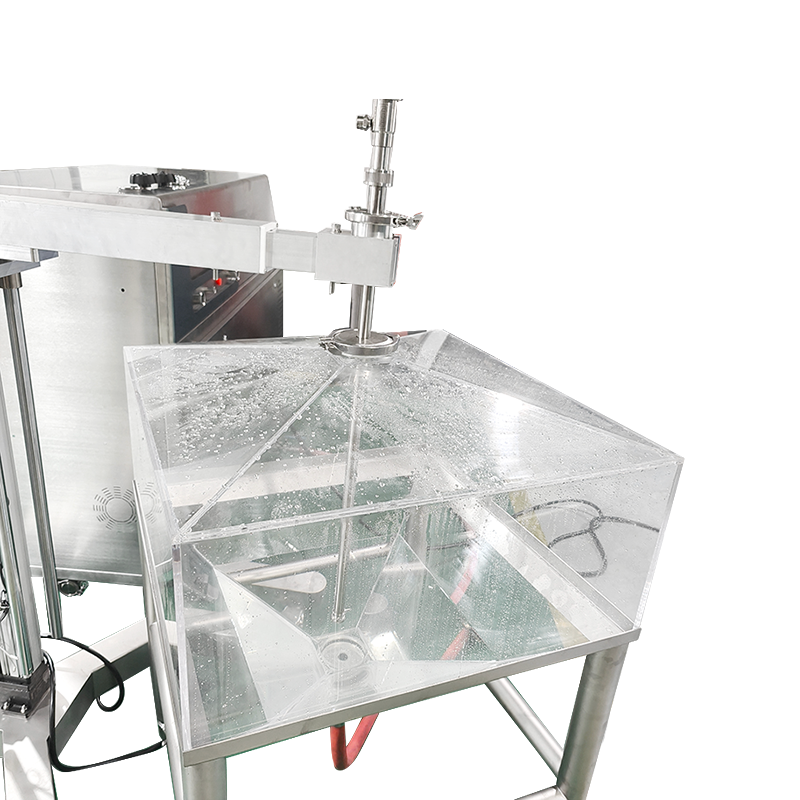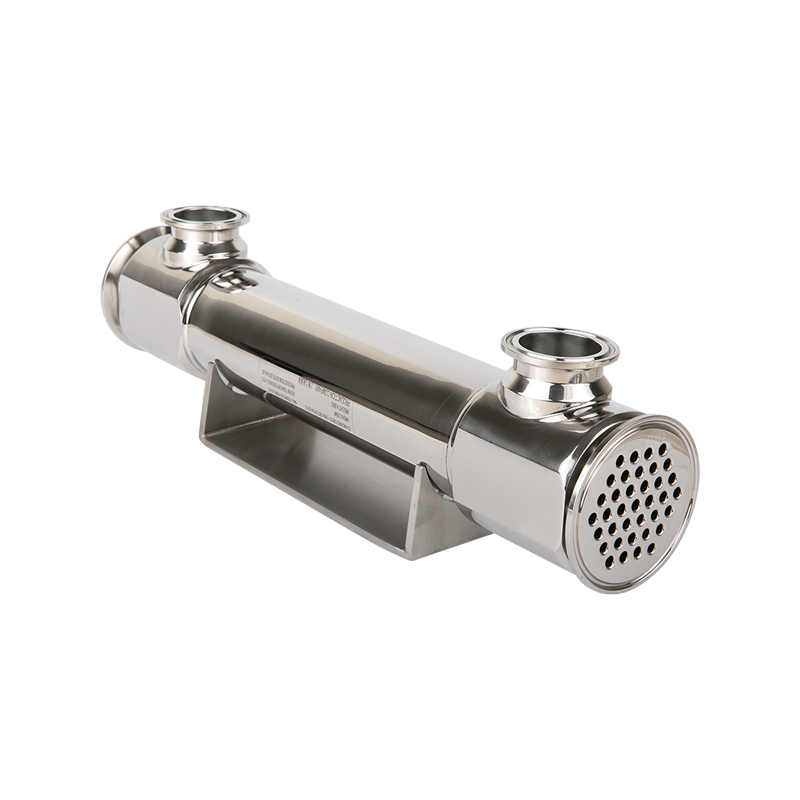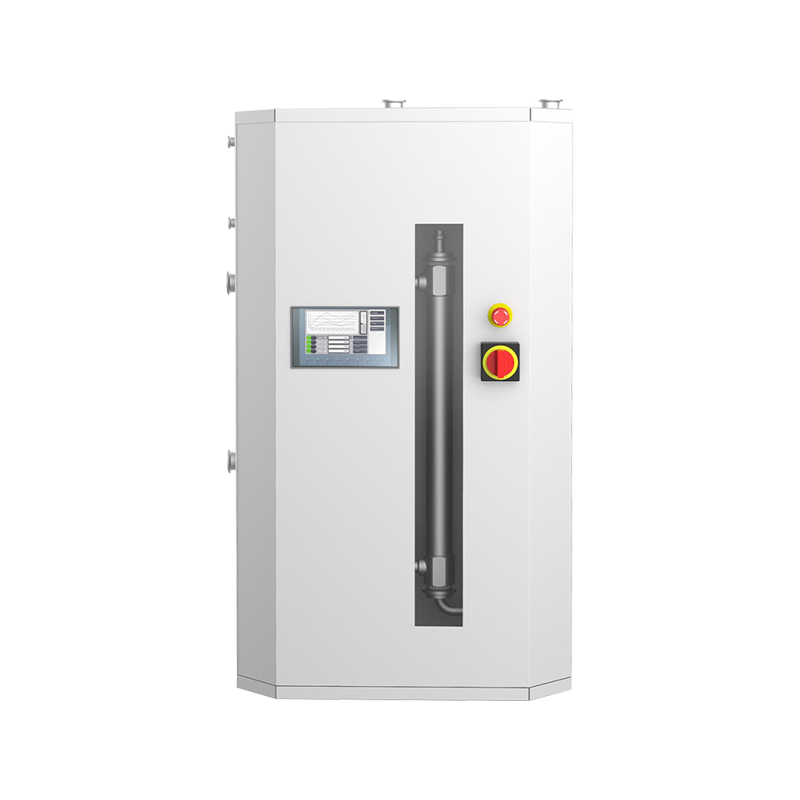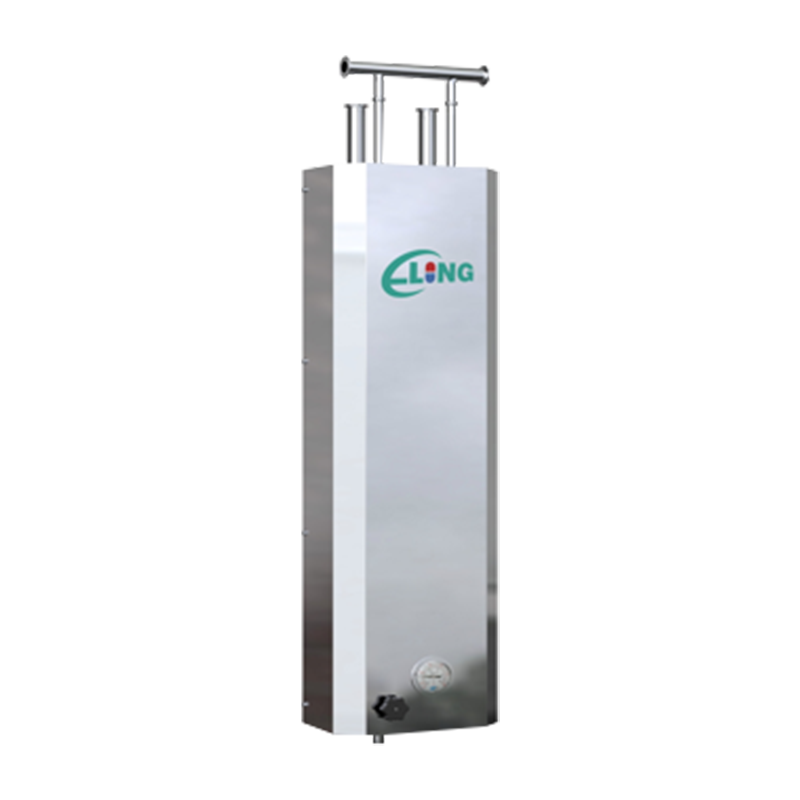Accurate and contamination-free sampling is a cornerstone of modern industrial operations, ensuring product quality, compliance with safety standards, and reliable process monitoring. Industries ranging from pharmaceuticals and food processing to chemicals and biotechnology require precise sample collection methods to maintain consistency and protect both workers and products. Among the tools available, sealed sampling valves have gained widespread adoption, offering a safer and more efficient alternative to traditional sampling methods.
This article explores how sealed sampling valves compare to traditional sampling methods, analyzing aspects such as contamination control, safety, operational efficiency, maintenance, and compliance with regulatory standards.
1. Understanding Traditional Sampling Methods
Traditional sampling methods generally involve manual collection techniques, often using open containers, syringes, or sampling ports that are directly exposed to the environment. These methods have been used for decades and are still common in many industries due to their simplicity and low cost.
Typical Traditional Sampling Methods
- Open container sampling: Removing a portion of a batch by pouring or scooping into a container.
- Syringe or pipette sampling: Drawing small amounts of liquid from a vessel.
- Manual port sampling: Using a valve or tap without additional containment to collect product.
While effective in some scenarios, these methods pose several challenges:
- Risk of contamination: Direct exposure to air, dust, or microbes can compromise sample integrity.
- Safety hazards: Workers may come into contact with hazardous chemicals, biological agents, or high-pressure systems.
- Inconsistent sampling: Manual techniques can lead to variability in sample size or representativeness.
- Regulatory compliance issues: Many industries now require aseptic or controlled sampling methods that traditional approaches cannot reliably provide.
2. What Are Sealed Sampling Valves?
A sealed sampling valve is a specially designed device that allows for the extraction of liquid, powder, or granular samples from a process vessel or pipeline without exposing the product to the external environment. These valves are engineered to maintain a closed, contamination-free system throughout the sampling process.
Key Features of Sealed Sampling Valves
- Hermetic sealing: Prevents air, dust, and microbes from entering the system during sampling.
- Controlled sample extraction: Allows precise measurement of sample volume for consistent quality control.
- Material compatibility: Made from stainless steel or other corrosion-resistant materials suitable for chemicals, food, or pharmaceuticals.
- Ease of cleaning: Often designed for Clean-in-Place (CIP) or Sterilize-in-Place (SIP) processes.
- Safety enhancements: Minimizes direct contact between workers and hazardous substances.
3. Comparison of Contamination Control
Traditional Sampling Methods
- Expose samples directly to environmental contaminants such as dust, microbes, or chemical vapors.
- High risk in sterile or hygienic processes, including food production, biotech, and pharmaceuticals.
- May require additional protective measures such as gloves, hoods, or laminar flow cabinets to reduce contamination.
Sealed Sampling Valves
- Maintain a closed system from the vessel to the collection container.
- Protect samples from environmental contamination, ensuring more reliable and representative results.
- Ideal for sterile applications, including aseptic processing and high-purity chemical sampling.
Conclusion: Sealed sampling valves dramatically reduce contamination risk compared to traditional open methods.
4. Safety Considerations
Traditional Methods
- Workers may be exposed to high-pressure liquids, corrosive chemicals, or infectious biological samples.
- Manual handling increases the risk of spills, splashes, and inhalation of hazardous vapors.
- Accidents are more likely due to human error or improper technique.
Sealed Sampling Valves
- Minimize direct contact with hazardous materials, protecting operators from chemical or biological exposure.
- Reduce the chance of spills and leaks thanks to integrated sealing mechanisms.
- Many valves include interlocks or safety features that prevent accidental opening under pressure.
Conclusion: Sealed sampling valves provide superior protection for personnel compared to traditional manual sampling.
5. Operational Efficiency and Accuracy
Traditional Methods
- Manual sampling is time-consuming, especially when multiple samples are required.
- Variability in sample size and technique can lead to inconsistent data.
- Requires frequent cleaning of containers and equipment to prevent cross-contamination.
Sealed Sampling Valves
- Allow for rapid and repeatable sampling with minimal downtime.
- Precise volume control ensures uniform samples for laboratory analysis or process monitoring.
- Can be integrated into automated systems, reducing human labor and operational costs.
Conclusion: Sealed sampling valves improve efficiency, accuracy, and reproducibility compared to traditional techniques.
6. Maintenance and Cleaning
Traditional Methods
- Containers, pipettes, and open valves require frequent cleaning, often using manual procedures.
- Cross-contamination between batches is a risk if cleaning is inconsistent.
Sealed Sampling Valves
- Designed for easy cleaning and sterilization, compatible with CIP and SIP systems.
- Reduce the time and effort required for maintenance while maintaining hygiene standards.
- Long-lasting stainless steel construction minimizes wear and corrosion.
Conclusion: Maintenance is simpler and more reliable with sealed sampling valves.
7. Regulatory Compliance
In industries such as pharmaceuticals, biotechnology, and food processing, regulatory agencies require strict contamination control.
Traditional Methods
- Manual sampling may not meet regulatory standards for aseptic processing.
- Increased risk of non-compliance due to environmental contamination or human error.
Sealed Sampling Valves
- Facilitate compliance with FDA, GMP, and ISO standards for sterile and hygienic sampling.
- Enable accurate documentation of batch sampling, supporting traceability and quality assurance.
Conclusion: Sealed sampling valves are preferred in regulated industries due to their ability to maintain sterility and meet compliance requirements.
8. Applications Across Industries
Sealed sampling valves are used in a wide variety of industries:
- Pharmaceuticals: Extracting sterile samples for quality control of drugs, vaccines, or biologics.
- Food and Beverage: Sampling dairy, juice, or liquid foods without contamination.
- Chemical Industry: Handling corrosive or hazardous chemicals safely.
- Biotechnology: Sampling cell cultures or fermentation broths under aseptic conditions.
- Cosmetics: Ensuring quality control in creams, lotions, and other personal care products.
Traditional sampling methods are still used in low-risk or small-scale applications, but as production scales up, sealed sampling valves are increasingly preferred.
9. Cost Considerations
While sealed sampling valves generally involve higher initial investment than traditional methods, their long-term benefits often outweigh the cost:
- Reduced product waste due to contamination prevention.
- Lower labor costs through faster and automated sampling.
- Decreased risk of regulatory penalties or recalls.
- Enhanced worker safety, minimizing potential medical costs from chemical exposure.
In contrast, traditional methods have lower upfront costs but may lead to hidden expenses due to inefficiency, contamination, or regulatory non-compliance.
10. Conclusion
Sealed sampling valves represent a significant advancement over traditional sampling methods.
Key Advantages Compared to Traditional Methods:
- Superior contamination control, maintaining product purity and integrity.
- Enhanced safety, protecting operators from hazardous materials.
- Greater efficiency and accuracy, allowing for precise and repeatable sample collection.
- Simplified maintenance and cleaning, compatible with automated sterilization systems.
- Regulatory compliance, meeting stringent standards in pharmaceuticals, food, and biotech industries.
While traditional sampling methods remain suitable for simple, low-risk tasks, sealed sampling valves are increasingly the standard for industrial, regulated, and high-volume applications. Their ability to combine safety, hygiene, and efficiency makes them a critical tool for modern manufacturing and quality control processes.
Investing in sealed sampling valves not only improves product quality but also enhances operational efficiency, reduces waste, and ensures compliance with the strict standards demanded by today’s industries. For any organization prioritizing safety, accuracy, and regulatory adherence, sealed sampling valves provide a clear and compelling advantage over traditional manual sampling methods.






